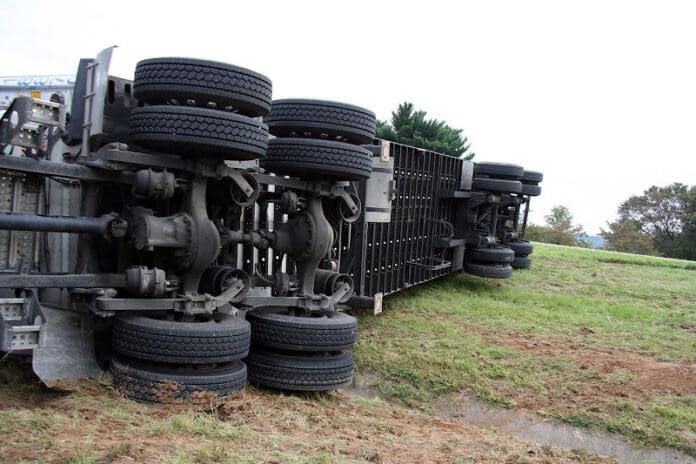By Mark Lovett
Economic damages are the direct financial losses you incur because of the truck accident. These are tangible and measurable losses that affect your wallet.
In Las Vegas, a city known for its high-paced, service-driven economy, economic damage can have a significant impact. For example, if you were working a full-time job at one of the casinos or hotels, missing work due to injury might mean not just a temporary loss of wages, but also a potential reduction in tips, overtime, and even bonuses that are a big part of workers’ pay in the hospitality industry.
In Las Vegas, like anywhere else, proving future lost wages or loss of earning capacity in a truck accident claim requires a strong case built on solid evidence. Gathering the amount of evidence needed to build a case with no reasonable doubt would be difficult without the help of a Vegas truck accident attorney. Be sure to hire the best one you can find.
In this article, we’ll be discussing how you can prove your future financial losses after you’ve been involved in a truck accident.
Things You’ll Need to Prove Future Loss of Income
Here are some of the criteria and elements you’ll need to convince either the court or the insurance of your inability to work or earn in the future:
- Medical evidence: You need expert testimony from doctors, specialists, or other healthcare providers who can testify to the long-term effects of your injuries. This could involve physical limitations, cognitive impairments, or any other factors that make it harder for you to return to your previous job.
- Economic evidence: You also need to prove what you were earning before the accident, so gather pay stubs, tax returns, and any other documentation of your past earnings. This gives a baseline for how much income you were making and what you stand to lose.
- Vocational and economic experts: Experts in vocational rehabilitation or economics can provide insight into how your injury will affect your career path, and whether you will be able to return to your previous line of work, or if your earning potential will decrease over time. They can even predict your future earning potential, considering factors like your age, skill set, and the current job market in Las Vegas.
- Life expectancy and future economic losses: The court may also consider your life expectancy and whether your injuries will continue to impact your ability to work for years to come. For instance, if you were planning to retire in a few years, this could affect how the court evaluates your future lost wages.
Methods to Calculate Future Financial Losses
To calculate future lost earnings, the court often uses one of two methods:
The human life value approach
This method takes into account your expected lifetime earnings, considering how long you would have likely worked had the accident not occurred.
This is then reduced to its present value, recognizing that money received in the future is worth less than money received today.
The wage loss method
This method focuses on the specific wages you’re likely to lose in the future. For example, if you were earning $50,000 a year before the accident and your doctor determines you’ll never be able to return to your prior position, this method would help calculate how much income you’re likely to lose over the years.
Difference Between Lost Wages and Loss of Earning Capacity
Loss of earning capacity is different from loss of earnings. While lost earnings refer to the money you’ve already lost because of the accident, loss of earning capacity looks at how your injury will affect your ability to earn money in the future.
In Las Vegas, this can be particularly impactful because of the specific nature of many jobs in the area, such as jobs in hotels, casinos, and restaurants, where physical abilities and mental acuity are often essential.
If an injury prevents you from doing your job, or from doing it at the same level, you definitely need to quantify how much future earning potential you’ve lost.
About the Author: Mark is a tenured writer for NewsWatch, focusing on technology and emerging trends. Mark gives readers insight into how tomorrow’s innovations will transform our relationship with technology in everyday life.









